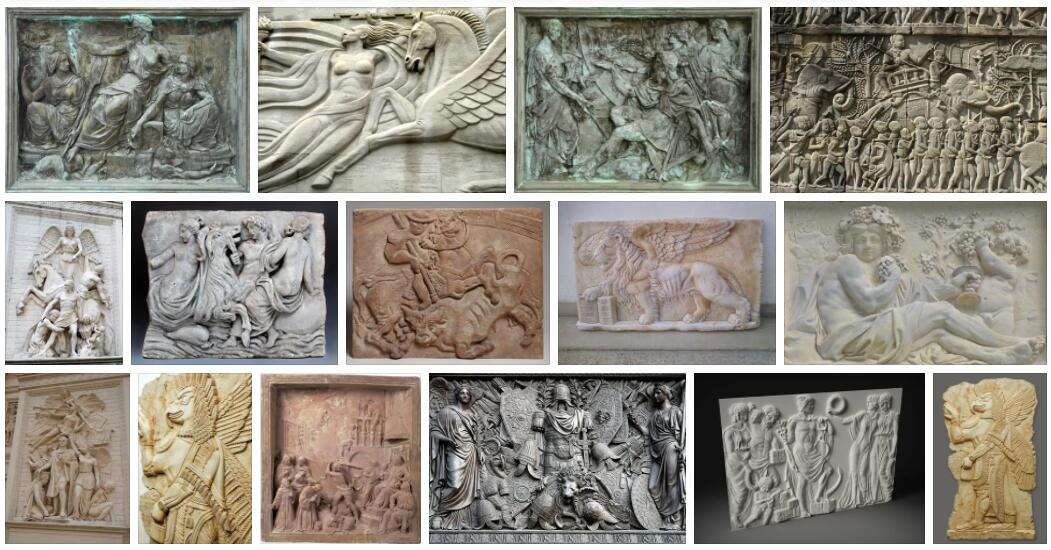Before proceeding to determine the meaning of the term in question, we are going to know the etymological origin of the two words that give it its shape. Specifically, it is this:
-Bass comes from Latin, exactly from “bassus”.
-Relieve, on the other hand, also derives from Latin. In his case, it is the result of the sum of two clearly delimited components: the prefix “re-”, which means “backwards”, and the adjective “levis”, which can be translated as “light”.
The term low has multiple uses: it can refer to that of low height, that is located in a lower place or that is at a low altitude, to name some meanings of the concept. Relief, for its part, is a figure or shape that stands out from a plane.
The idea of bas-relief, also referred to as bas-relief, is used in the field of art to name the technique that consists of the creation of figures that emerge minimally from their plane.
The sculptures made in low relief are developed by highlighting the contours of a figure. The wall is also usually lowered to achieve a three-dimensional visual effect. As a result of the low relief, the figures protrude slightly from the background of the work.
The bas-relief arose in ancient Egypt, where artists created them on the walls of the temples. After carving, it was common for the work to be painted in various colors.
According to the degree of relief, it is possible to talk about different techniques. While in the bas-relief the figures protrude very little from the background, in the mid-relief they protrude about half the volume. When the figures emerge further, the technique is known as high relief. Other options are sunken relief (only the contour of the figure is outlined) and techniques known as half bulge and round bulge (the figure is represented in its natural proportion or almost in this proportion).
Many are the important bas-reliefs or bas-reliefs that have become references within what is the history of art. Examples are the following:
-That of Horus and Sobek in the Egyptian temple of Kom Ombo.
-The one that exists in the Hindu temple of Angkor Wat (Cambodia) and that comes to represent a demon striking what is the abdomen of a woman.
However, it should not be overlooked that among the most relevant bas-reliefs are those that were carried out by the Romans in their temples when they decided to bet on the so-called Corinthian architectural order, characterized by the so-called acanthus leaves. Specifically, they appeared on the friezes of these temples.
On the contrary, in classical Greek temples where it was chosen to make pediments of this type, what was established were high reliefs. One of the best examples of the latter that we expose is the famous Parthenon, located on the Acropolis of Athens.
Beyond the terrain of sculpture, bas-relief appears in wood carving, in the stamping of coins and even in photography (through a manipulation of the negative and positive of the same image).




